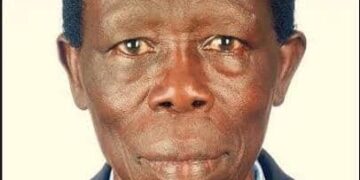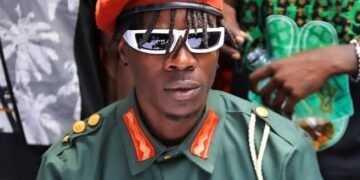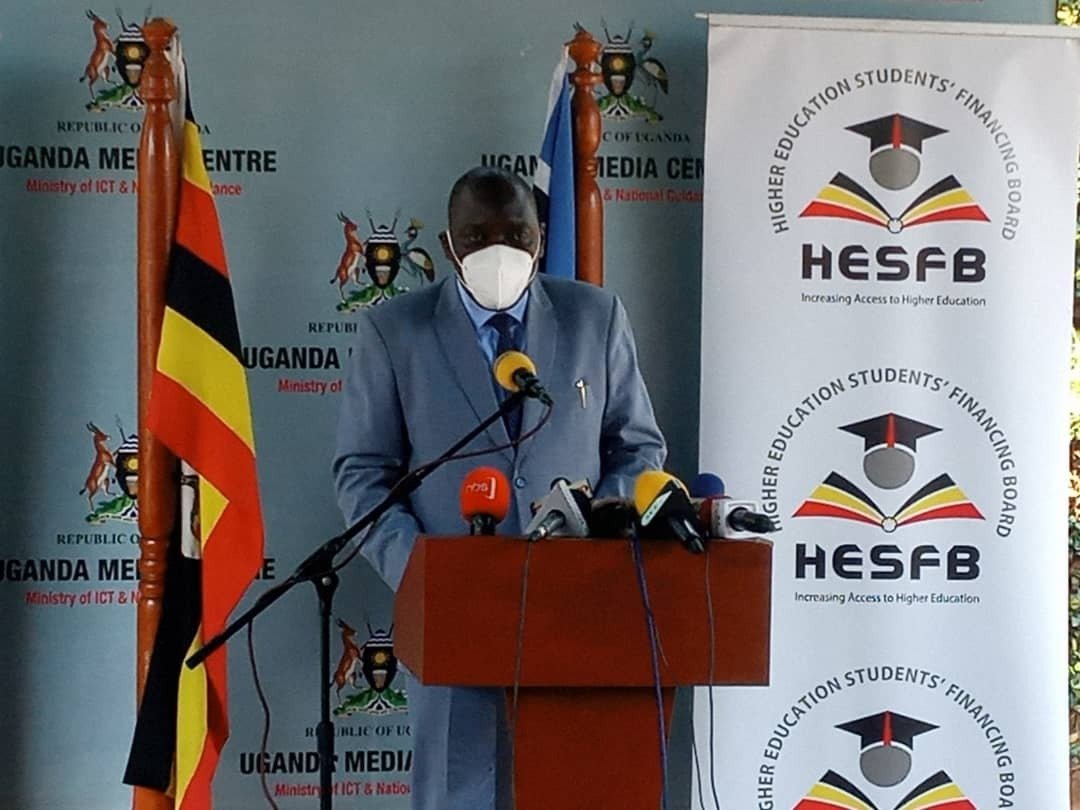Police in Kenya have been forced to turn to science to determine the true owner of two cows allegedly stolen five years ago and recovered this month in Nakuru County.
Rongai Sub County Police chief Richard Rotich said that they were in a tight spot after two farmers laid claim on two Friesian cows found on the Nakuru-Eldoret Highway on August 10 this year.
A farmer, Ann Cherotich had reported theft of her two Friesians cows in August 2015 at Ngata Police Post but Gloria Kandie who was found in possession of the animals presented sale agreements and two witnesses from whom she claimed to have bought them in 2019.
Presented with two stories with no evidence to ascertain who was speaking the truth, police resorted to science.
“The cows have striking resemblance and we couldn’t immediately determine who the owner was. We had to call in a doctor to give us a report on the two cows since one farmer claimed one of the cows was a calf of the other,” said Rotich.
To embolden her claim, Cherotich presented to the police her mother who used to take care of the animals, a man who de-horned them, her private veterinary officer who treated one of the cows and a Nyumba Kumi elder.
After physical examination, all the witnesses concurred that the cows were hers. The police, however, could not solely rely on their narratives.
To find a credible middle ground, Cherotich and Kandie agreed to seek the services of a government veterinary officer whose scientific report will be correlated with their statements recorded at the station.
Rongai Sub County Veterinary Officer Peter Ngugi took charge of the process which was undertaken at Baraka Patrol Base.
He explained that the age determination which in this case borders DNA tests in humans would help determine which farmer had given a true account on the history of the animals.
The process according to the veterinary officer involves checking on the dentition, tail switch, length of the tail switch and general body marks in order to determine the animals’ age. He said he will correlate these details with information provided by farmers which include the alleged dates of birth.
Ngugi also said the age of a cow can be determined from the number of teeth it has and their extent of wearing out.
“Dentition is the most accurate method. A two-year-old cow has two permanent incisors, a three-year-old has four, a four year old has six while a five year old and above has eight. At the age of eight years the teeth start wearing out and get spaced,” said Ngugi.
The process was, however, not as easy. The doctor together with his assistants wrestled to control the animals, count the teeth and take photographs as part of the evidence.
A report will be ready within 24 hours and submitted to the police for action said the veterinary officer.








































